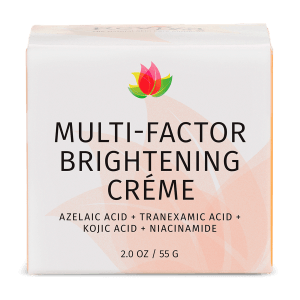Jojoba is a type of evergreen shrub that is drought-resistant and can be found in South-western North America. It is grown for its golden yellow liquid, which is known as jojoba oil. The oil is extracted from the seeds, with about 50% of the seed’s weight being oil. Although it may seem like a typical plant oil that nourishes and moisturizes the skin, jojoba oil is actually quite unique. It is technically not an oil but a wax ester, which is a fatty acid and a fatty alcohol combined into one long molecule. Wax esters are found on the outer surface of plant leaves as well as in 25-30% of human sebum, providing environmental protection.
Jojoba oil is very similar to human sebum due to being wax esters. This has led to a theory that it might be able to balance oily skin by tricking it into thinking it has produced enough sebum. Jojoba oil has a unique dual action that moisturizes the skin by forming a non-greasy layer that is semi-occlusive and by absorbing into the skin through pores and hair follicles. Unlike other plant oils, wax esters were created by nature to stay on the surface and form a protective barrier, and jojoba oil does an excellent job of doing just that.









